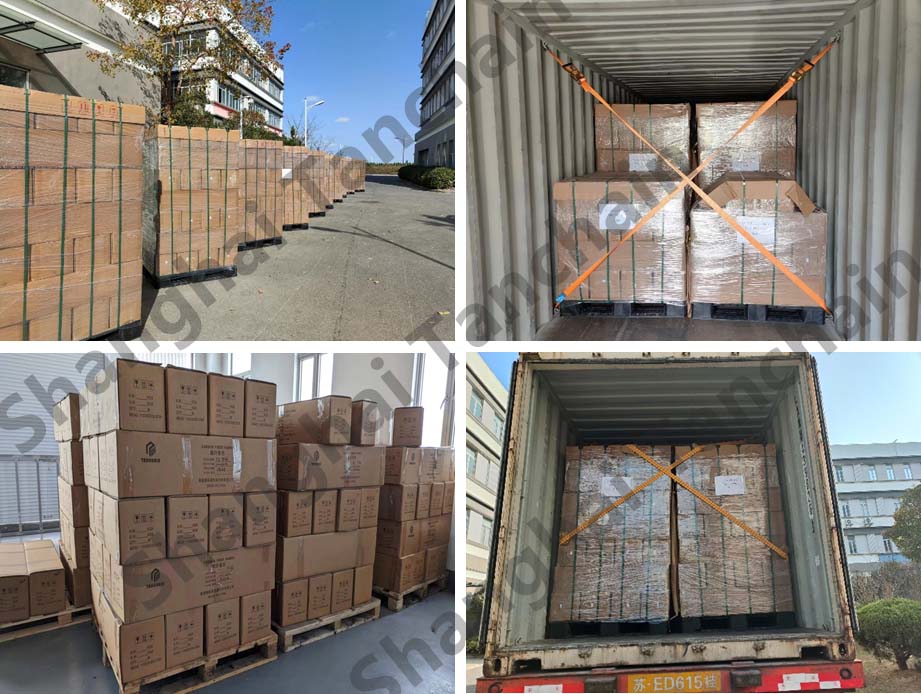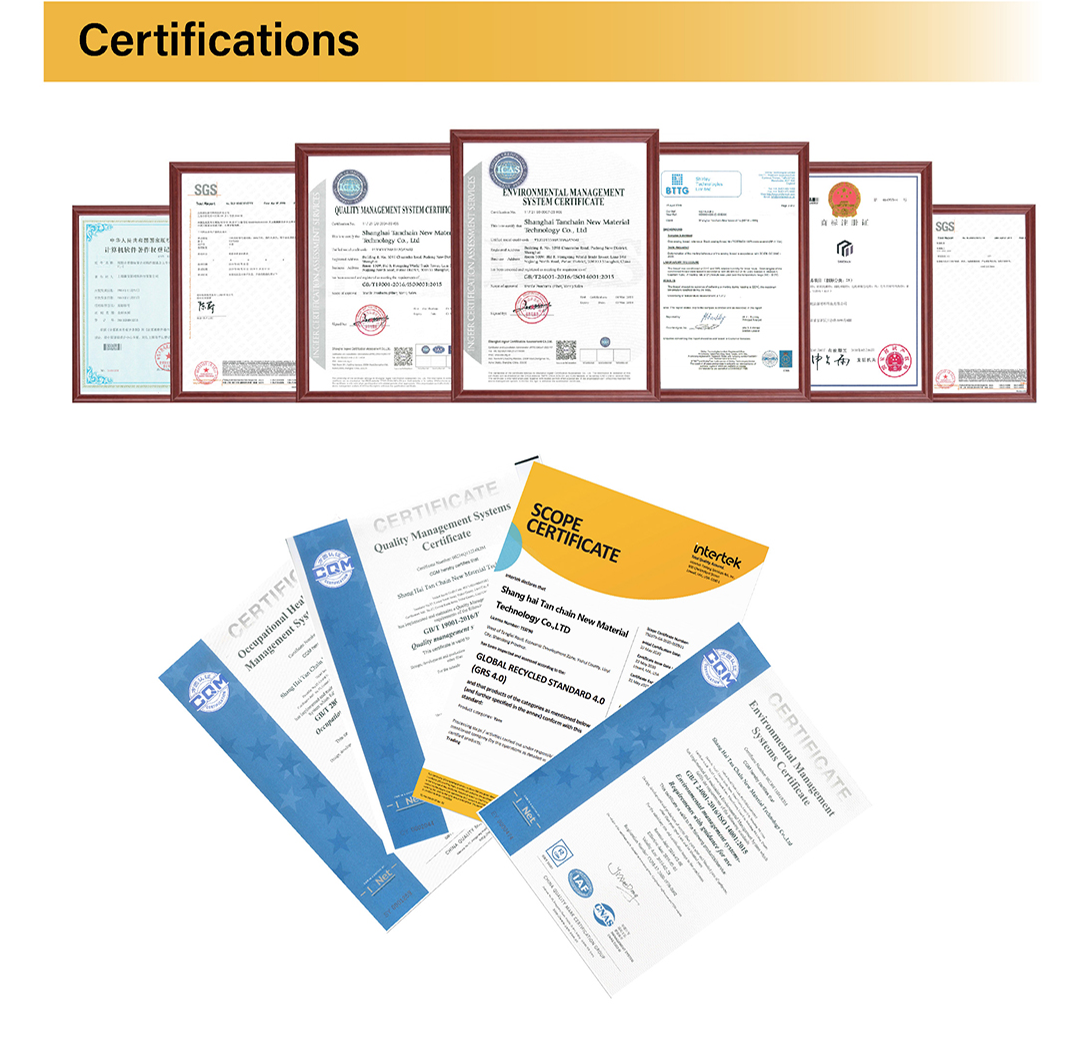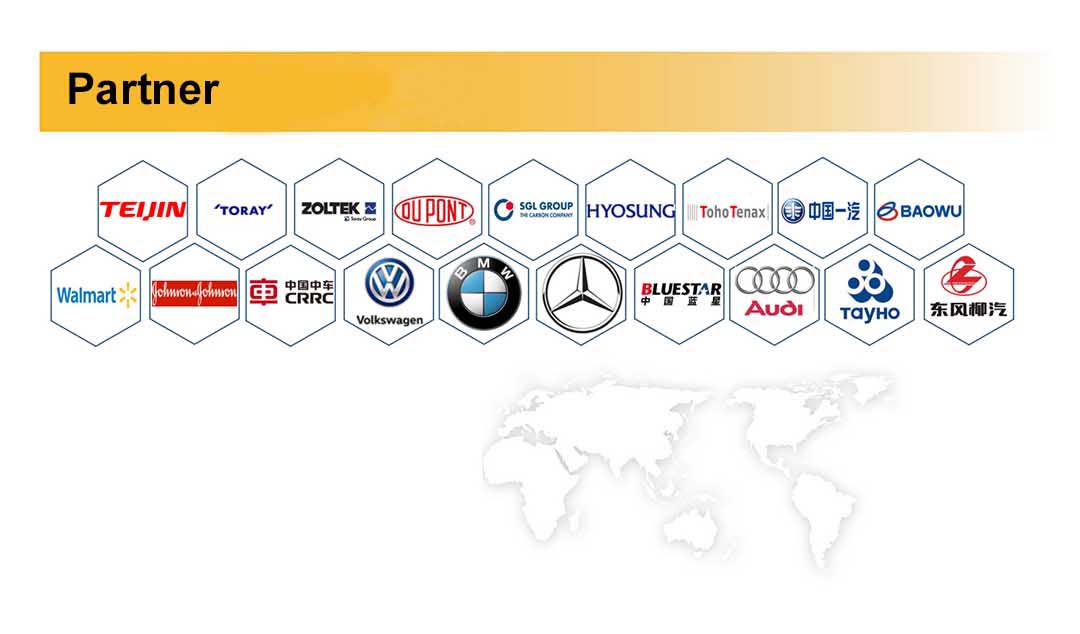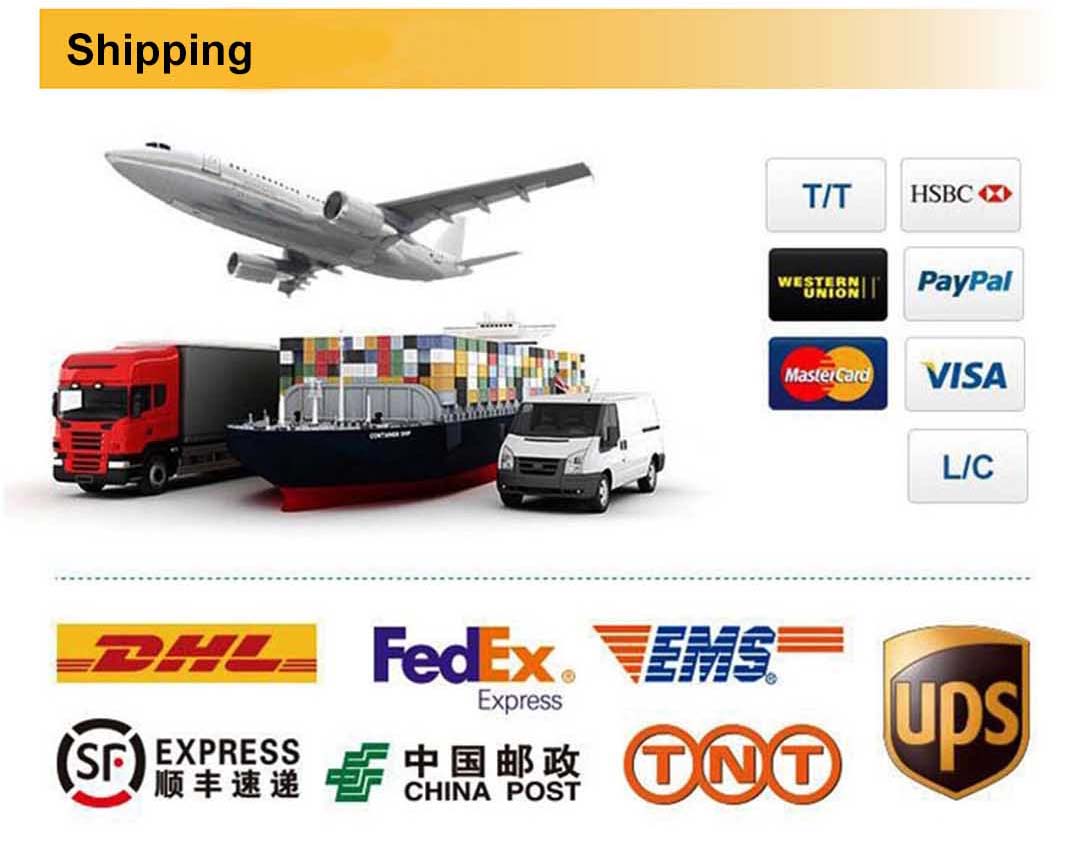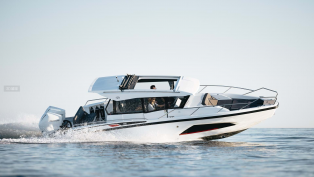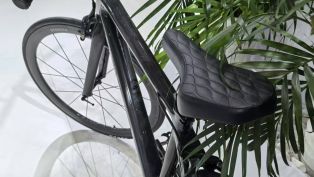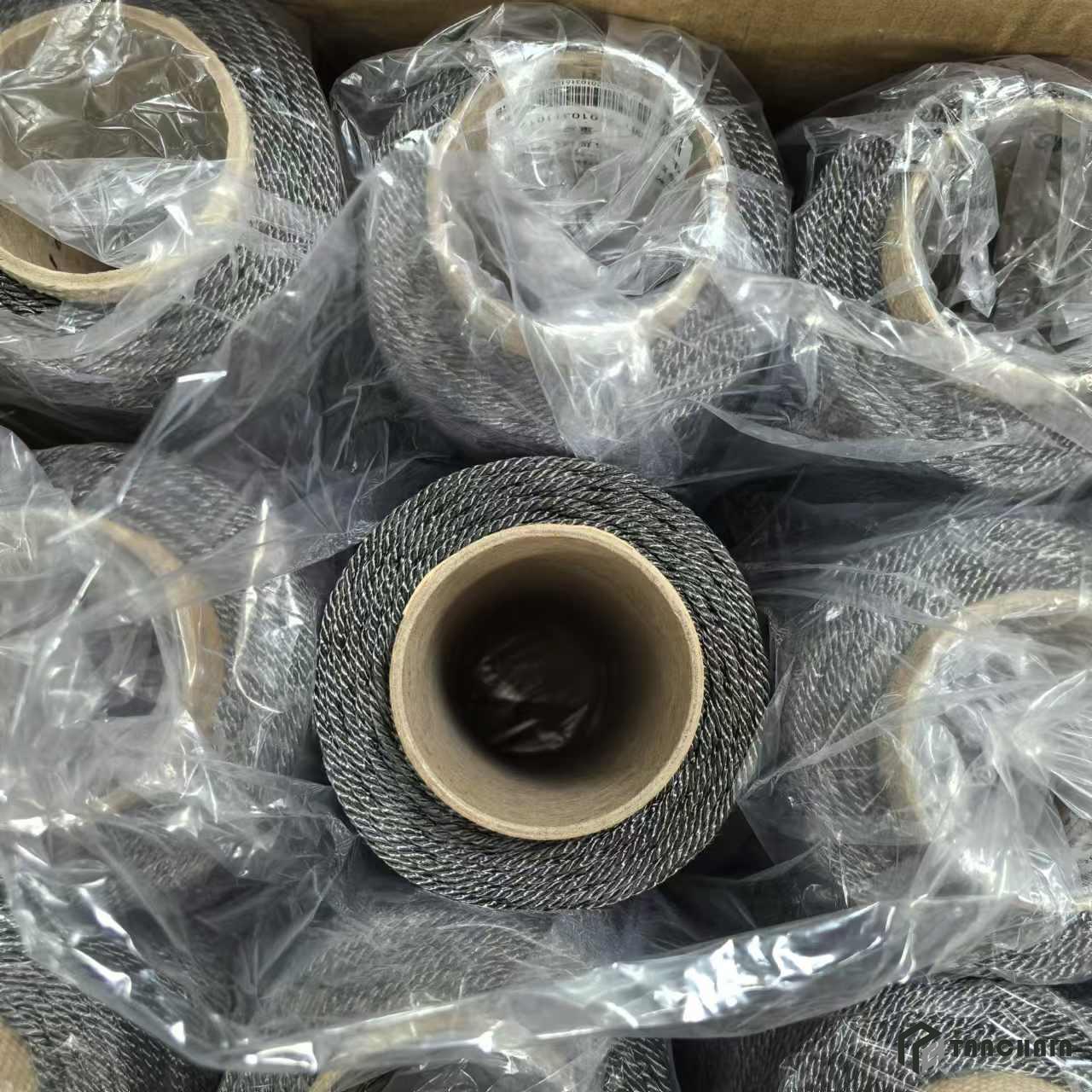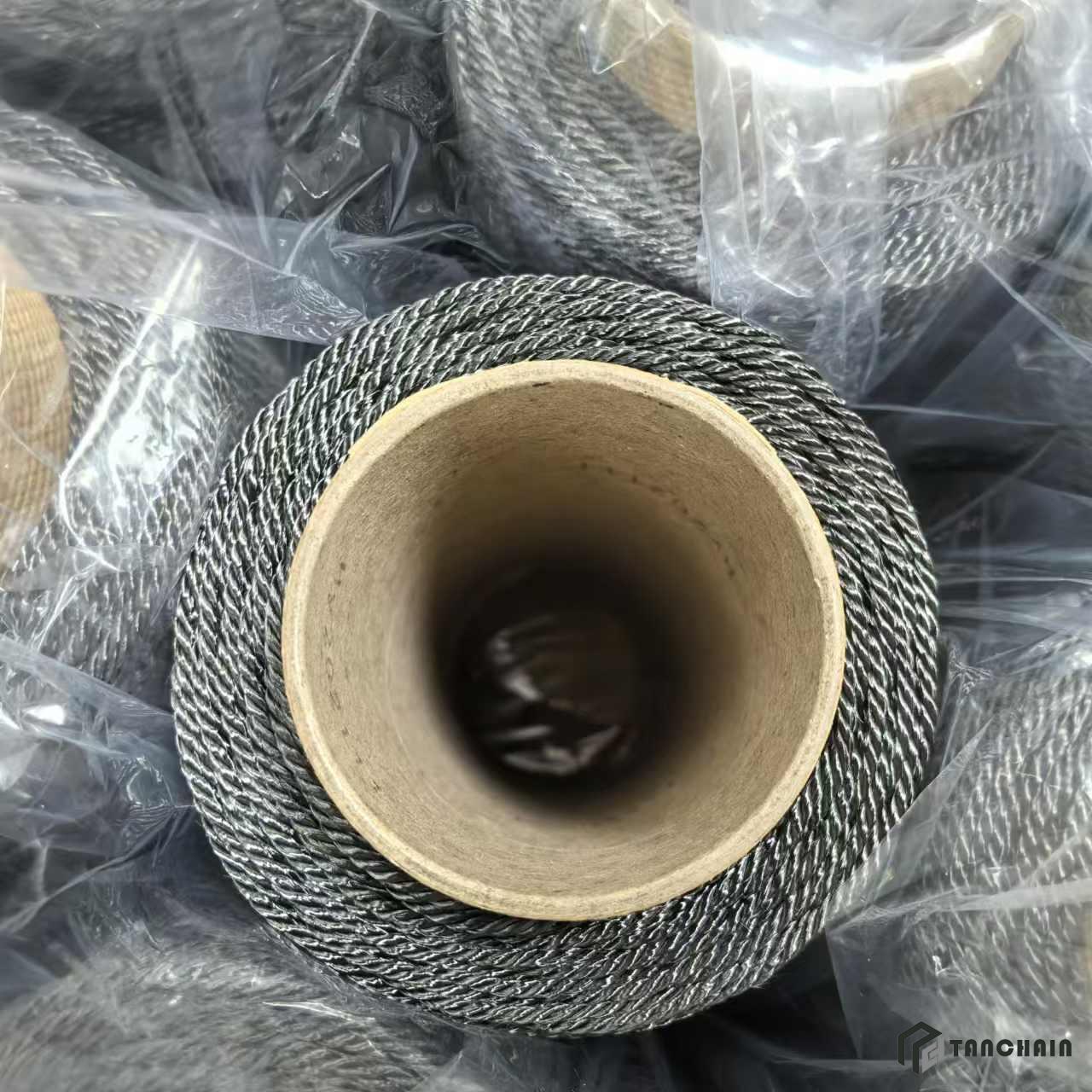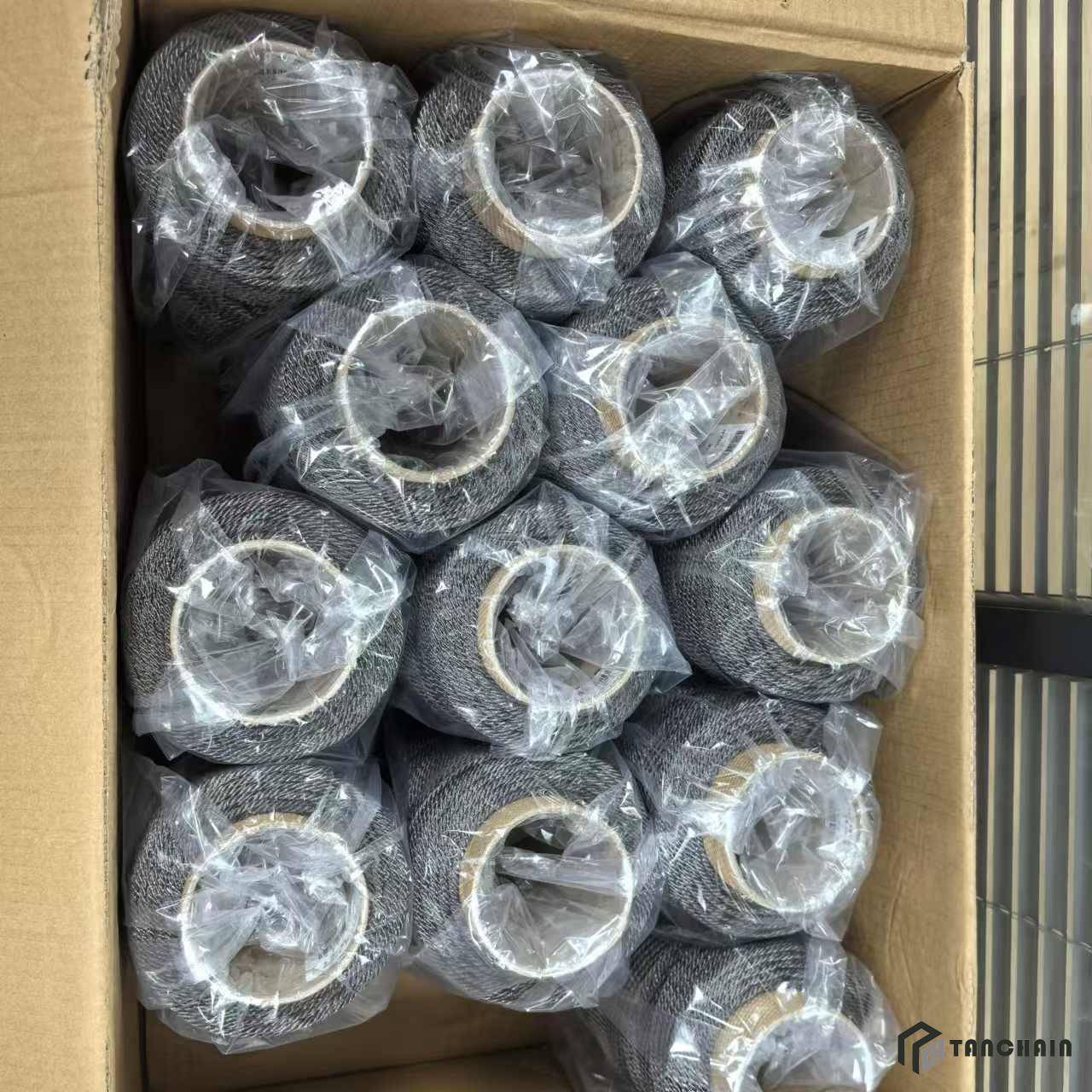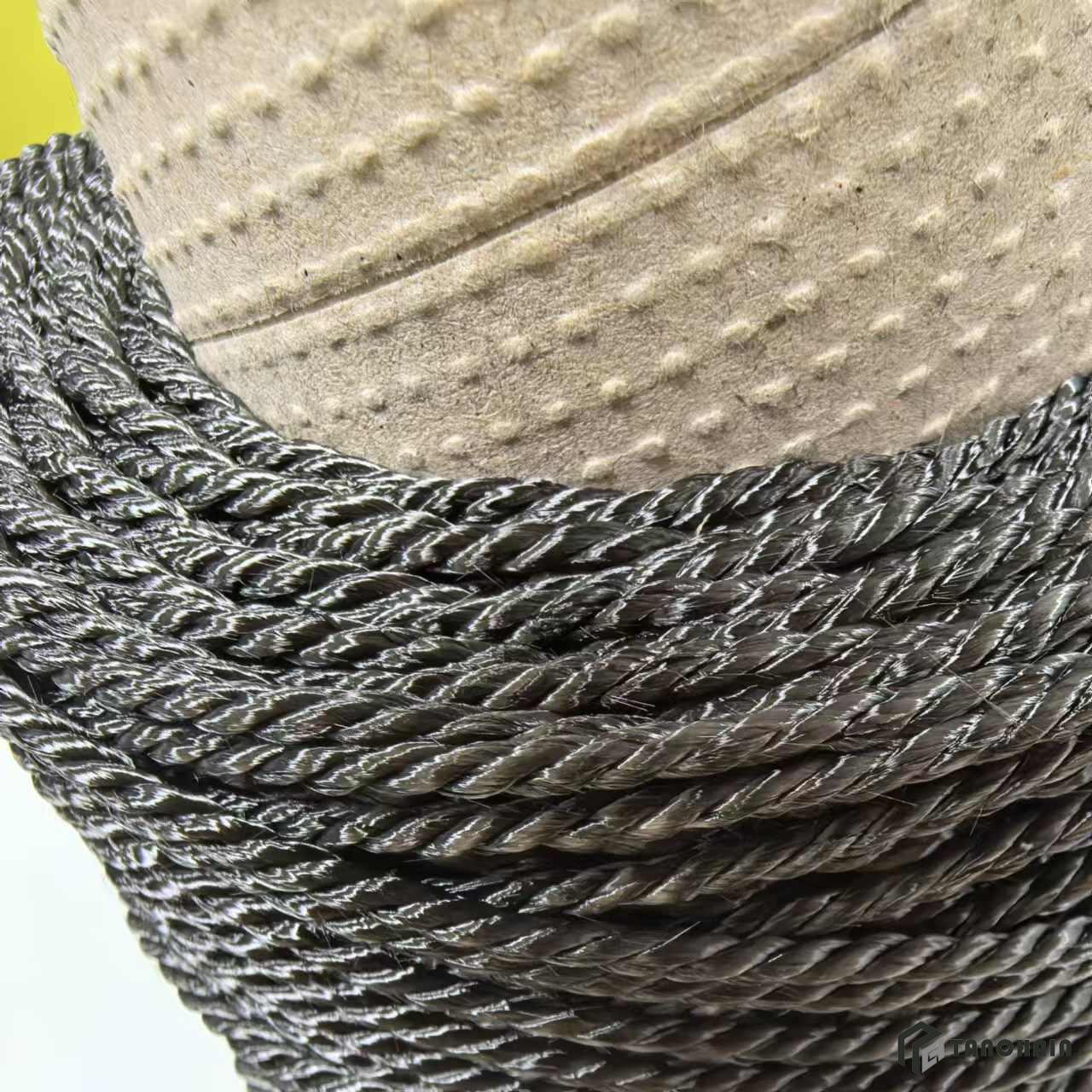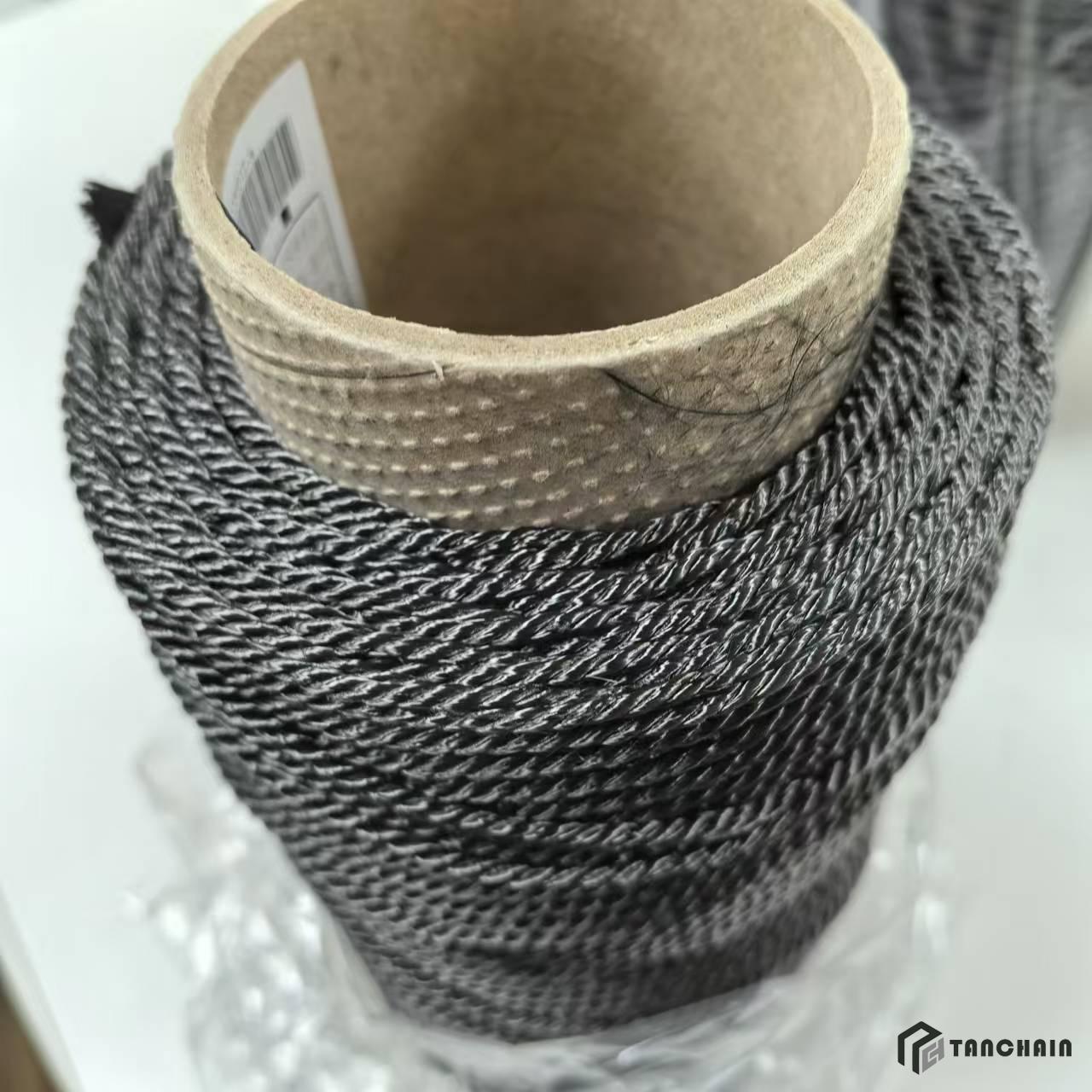-
-
3mm - Carbon fiber rope
- Code:TC-CF-RD3
- Material:100% Carbon Fiber
- Weight:3mm: 185m/kg
- Function:High temperature resistant, UV resistant, Conductive
- Color:Black
SEND INQUIRY
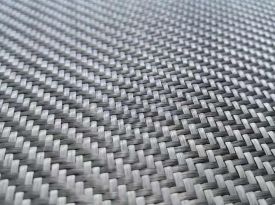
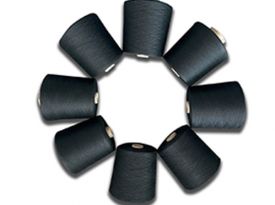
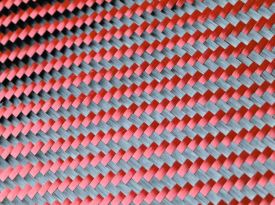
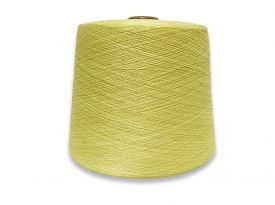
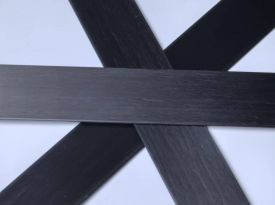
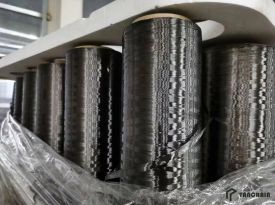
| Length | 185m/kg |
| Diameter | 3mm(customized 1-10mm) |
Carbon fiber rope is a rope made of carbon fiber.
1. Features
High strength: Carbon fiber has extremely high strength, which enables carbon fiber rope to withstand great tension.
Lightweight: Compared with traditional metal ropes, carbon fiber ropes are lighter and easier to carry and operate.
Corrosion resistance: It has good corrosion resistance and can be used in harsh environments.
Conductive
High temperature resistant
2. Application fields
Aerospace: used for structural reinforcement and hoisting of aircraft and spacecraft.
Sports goods: such as high-performance kite lines, climbing ropes, etc.
Marine engineering: used for ship mooring, offshore hoisting, etc.
Construction field: plays a role in the reinforcement and hoisting of some special structures.
The processing of carbon fiber rope mainly includes the following steps:
1. Raw material preparation:
- Select carbon fiber: Select appropriate carbon fiber raw materials according to the performance requirements of the required carbon fiber rope. Factors such as the type of carbon fiber and the specification of the tow will affect the performance of the final product. For example, large tow carbon fiber has relatively low cost and high production efficiency, and is suitable for some applications that require a balance between cost and performance; small tow carbon fiber has better performance, but the price is higher, and is often used in aerospace and other fields with extremely high performance requirements.
- Prepare auxiliary materials: Prepare auxiliary materials such as epoxy resin, water-based epoxy resin emulsion, accelerator, toughening agent, curing agent, etc. These materials will be used in subsequent processes such as dipping to enhance the performance of carbon fiber rope.
2. Carbon fiber pretreatment:
- Cleaning: Use organic solvents such as acetone to clean the carbon fiber to remove oil, impurities, etc. on the surface of the carbon fiber to ensure that the carbon fiber can be well combined with the subsequent dipping material. Ultrasonic treatment is usually required during the cleaning process. The vibration of ultrasonic waves is used to enable the cleaning agent to better penetrate into the fine pores of the carbon fiber to improve the cleaning effect.
- Roughening treatment: Roughen the cleaned carbon fiber, increase the roughness of the carbon fiber surface by chemical or physical methods, and improve its mechanical bonding with the impregnated material. For example, acid, alkali and other chemical reagents can be used to corrode the surface of the carbon fiber to form a microscopic concave-convex structure on its surface.
3. Dipping:
- Glue preparation: According to the product performance requirements, epoxy resin, curing agent, accelerator, toughening agent, etc. are mixed in a certain proportion to prepare a dipping solution. Different application scenarios have different requirements for the formulation of the dipping solution, which needs to be adjusted according to the specific situation.
- Dipping operation: Put the pretreated carbon fiber into the dipping solution to allow it to fully absorb the dipping solution. The parameters such as the temperature, pressure and time of the dipping need to be strictly controlled to ensure that the carbon fiber can evenly absorb the dipping solution and will not damage the performance of the carbon fiber. For example, too high a dipping temperature may cause the performance of the carbon fiber to decline, and too short a dipping time may cause the carbon fiber to absorb insufficient dipping solution.
4. Twisting:
Twist the carbon fiber after dipping according to a certain twist requirement. The purpose of twisting is to make the carbon fiber tows entangled with each other and increase the strength and wear resistance of the carbon fiber rope. The twisting speed, twist and other parameters need to be adjusted according to the specific requirements of the carbon fiber rope.
5. Curing:
Put the twisted carbon fiber rope into the curing equipment and perform curing treatment under certain temperature and time conditions. The purpose of curing is to make the resin in the dipping solution undergo a cross-linking reaction to form a stable three-dimensional network structure, so that the carbon fiber rope has good mechanical properties and chemical stability.
6. Coating treatment (optional):
According to needs, the cured carbon fiber rope is coated with a layer of special coating material to improve the wear resistance, corrosion resistance, and UV resistance of the carbon fiber rope.
7. Quality inspection:
The quality inspection of the processed carbon fiber rope includes appearance inspection, size measurement, mechanical property test, etc. Appearance inspection mainly checks whether the surface of the carbon fiber rope has defects and damage; size measurement mainly checks whether the diameter and length of the carbon fiber rope meet the design requirements; mechanical property test mainly includes the test of tensile strength, elongation at break, elastic modulus and other indicators to ensure that the performance of the carbon fiber rope meets the use requirements.
8. Packaging and storage:
Pack qualified carbon fiber ropes. The packaging materials should have good moisture-proof, dust-proof, shock-proof and other properties to protect the carbon fiber ropes from damage during storage and transportation. The packaged carbon fiber ropes should be stored in a dry, ventilated, cool environment, avoiding direct sunlight and high temperature environment.
Production Line
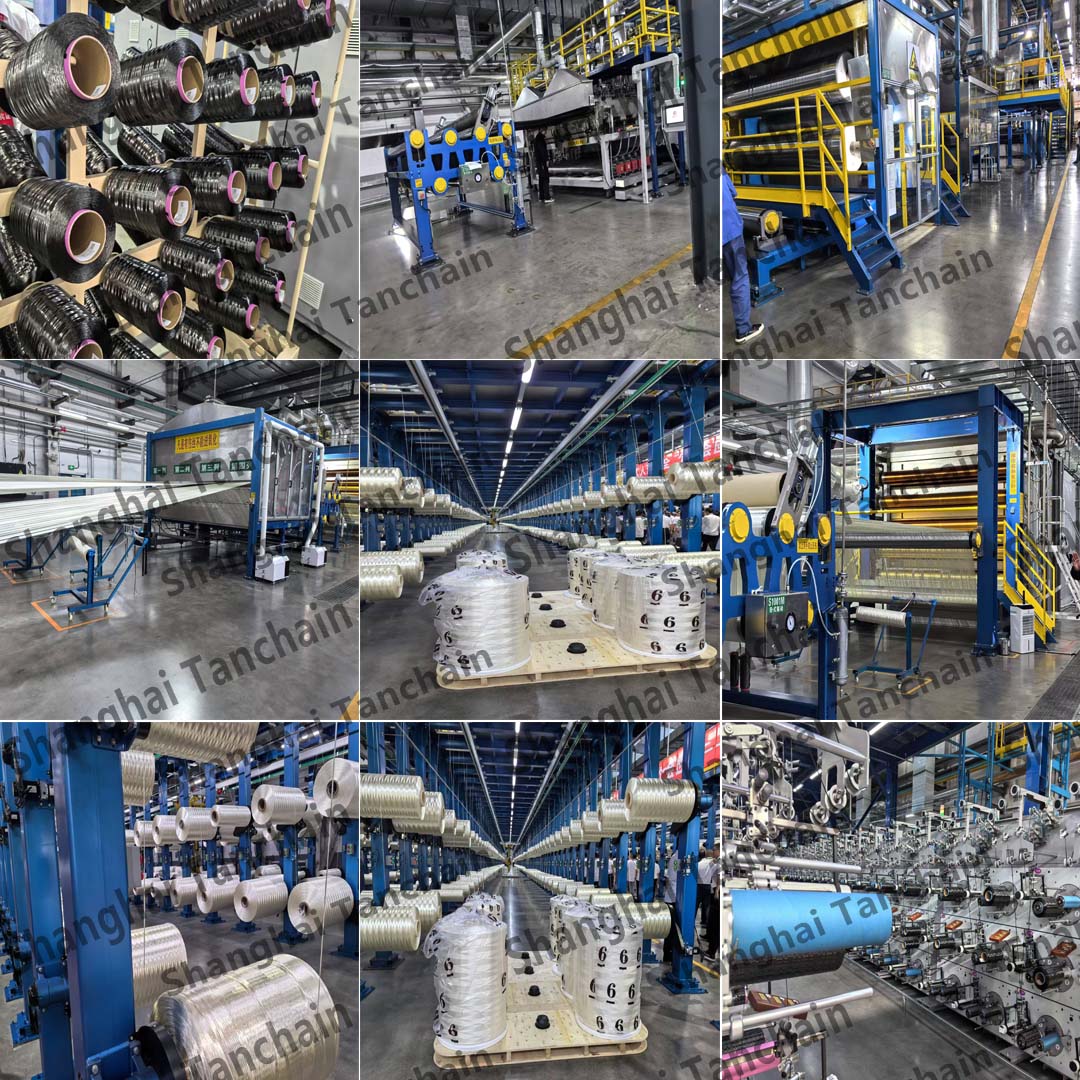
Tanchain's Production Flow
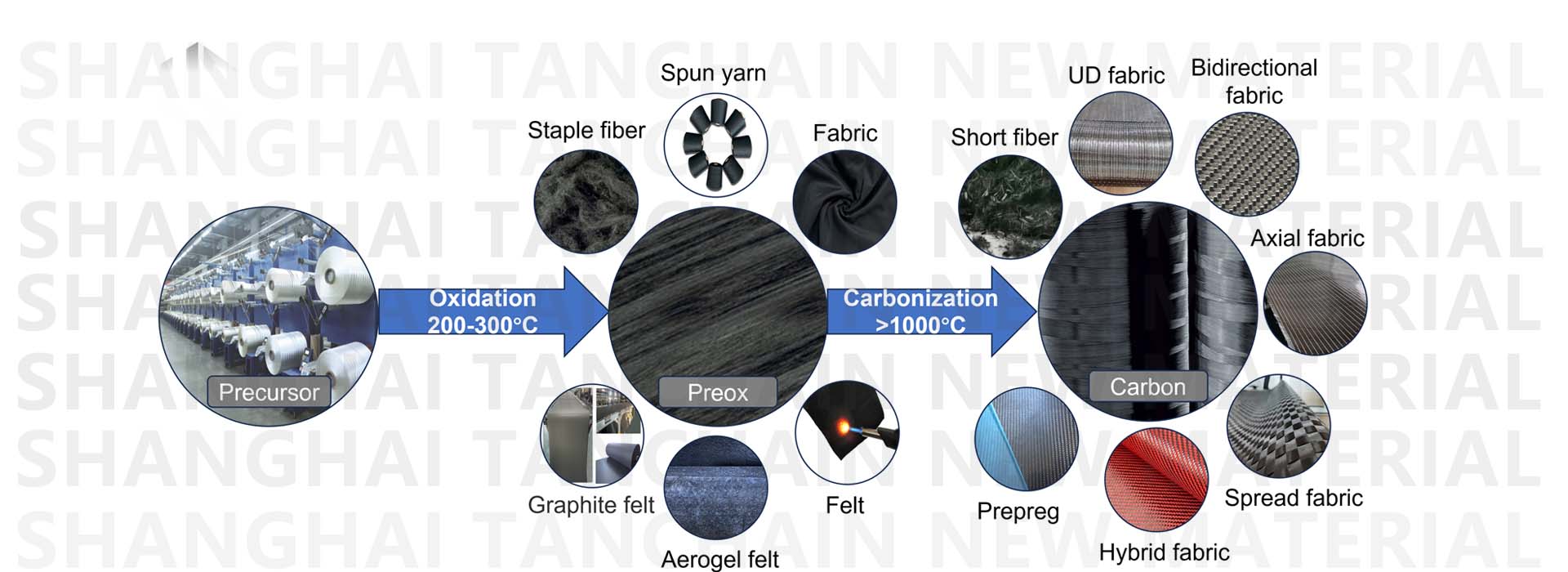
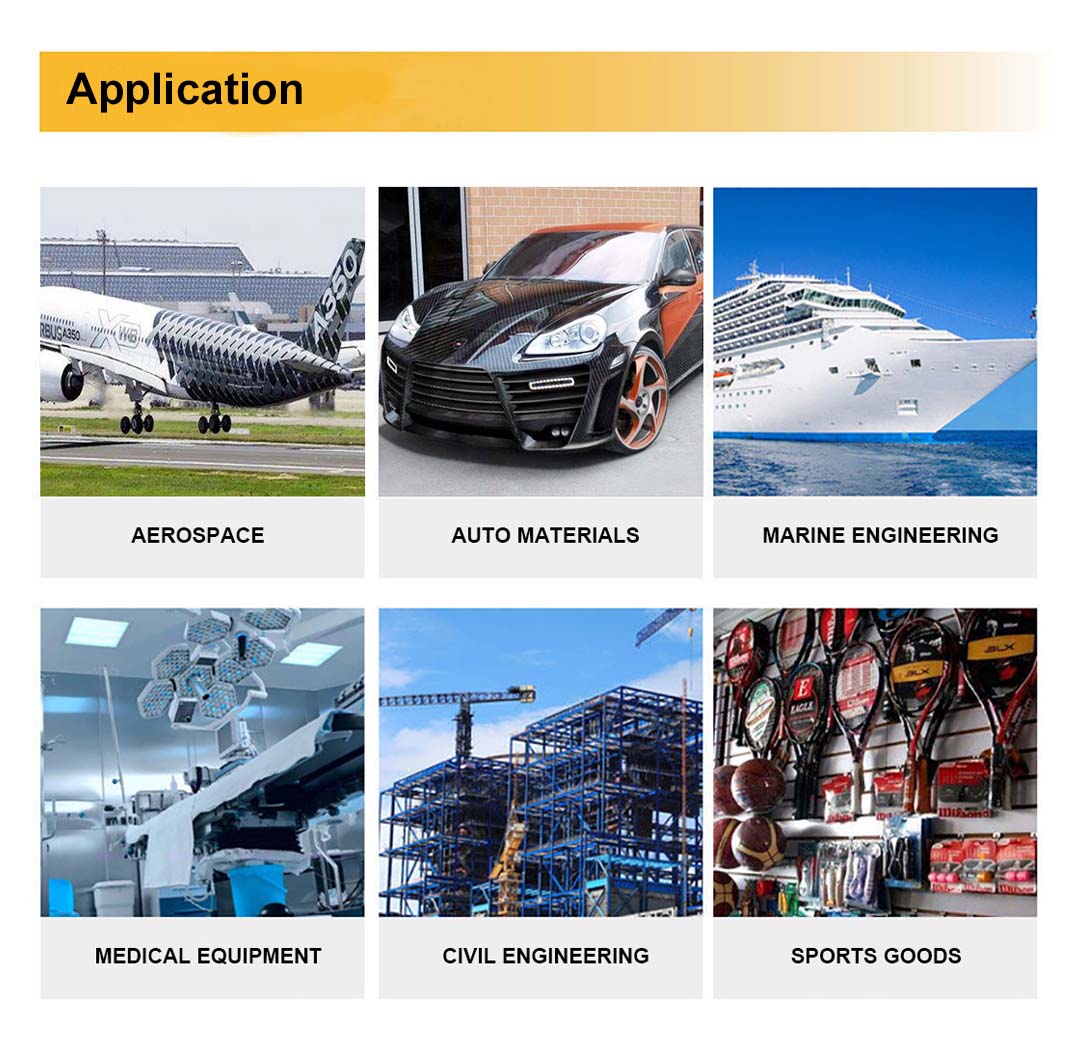
SHIPPING
